What kind of coffee bean is Huakui 6.0? Huakui coffee beans are sidamo producing areas? Introduction to the flavor and taste characteristics of soe coffee
In recent years, the popularity of coffee in the coffee boutique has been high, the English name of the summer is Geisha, in Japanese also has the meaning of geisha. At the same time, Ethiopia's Sidama region also has a coffee that can be similar to Rose Summer Coffee, which is Huaqui Coffee.
In 2017, Li Jianfei won the runner-up in the China Division of the World Brewing Competition with this sun-baked coffee. Then the popularity of the flower continued to increase, and Front Street could even be said to be at the top of the boutique coffee list. This flower broke the legend of Rose Summer and became a coffee that could compete with Rose Summer Coffee.
There is no doubt that the characteristics of coffee beans are unique. For a long time, Koogie coffee was tied to Yerga Shefi and Sidama coffee, but rapid commercial and cultural developments elevated Koogie coffee to a unique coffee producing area and gained increasing recognition worldwide.
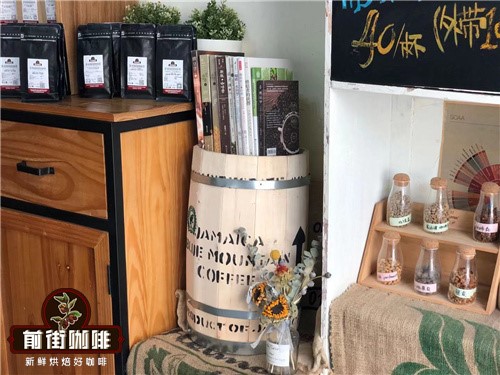
In ancient China, flower queen is the head card of brothel, often beautiful and talented, proficient in zither, chess, calligraphy and painting. What you don't know is that this flower in the West Dharma Guji production area is also derived from China. If you observe carefully, the Chinese name and English name of "Huakui" coffee bean will not correspond to each other. In Chinese, it is called "Huakui" and in English, it is more "Hambella", literally translated as "Hambella." The front street will give you a brief talk about the origin of the name of Huakui Coffee.
Flower chief, literally speaking, is the head of flowers. This is a coffee bean from the 2017 TOH Sunlight Group champion, this coffee bean comes from Ethiopia's Guji-Hambella region. Because this bean stood out among the chickens in those years, it was too excellent. Under the introduction of Hongshun, a Chinese raw bean merchant, it was named "Huakui."
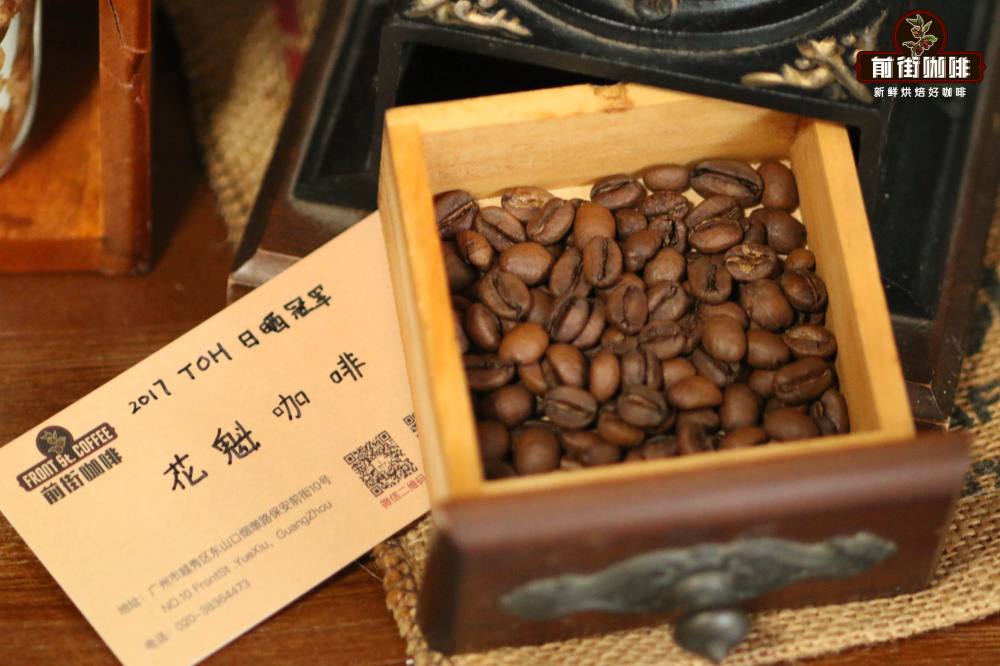
Front Street reminds everyone that sun coffee is not produced in the Guji region of Sidama coffee, but flower coffee. Generally speaking, only the sun-cured coffee produced and processed by Buku Abel Estate is called "flower", so Buku Abel Estate is also known as "flower manor". Cane and banana plants grow all around the place, and the high altitude climate conditions make the coffee taste smooth, with passion fruit acid and fermented wine brought by sun treatment.
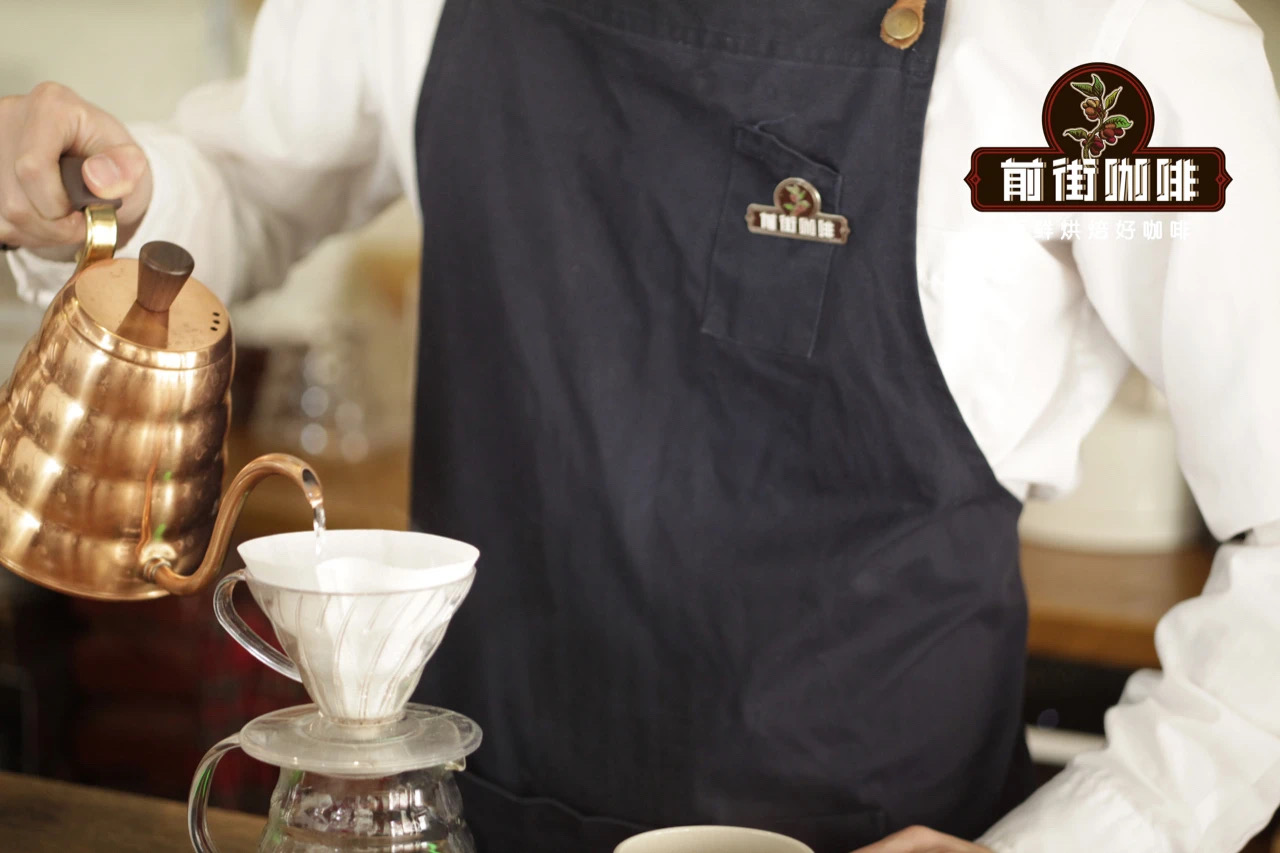
Among them, the lemon and citrus tones of the Yegashfei producing area with very high heat in the front street coffee are different, the flower fragrance of the coffee beans in the Guji producing area will be more intense, while the coffee beans in the Guji producing area are treated by sunlight, and the aroma and sweetness of the coffee beans that are not beneficial to the flower are even higher. In addition, the flavor of these two producing areas is too prominent, so they were set up separately by Ethiopia Commodity Fair.
The unique flavor of the flower is inseparable from the way it is sunburned. According to Qianjie, coffee farmers will pick coffee fruits from December to January every year, and the red fructose content of coffee must reach more than 30% before it can be treated by sun. The sun process is very particular, the first two days must ensure the humidity of coffee red fruit, so that its fructose fermentation treatment occurs fully. When the temperature is relatively high at noon, shade should be carried out in time to prevent sunburn of red fruits, which is not conducive to fermentation. Then at night, in case of sudden rain, wrap it in thick plastic.
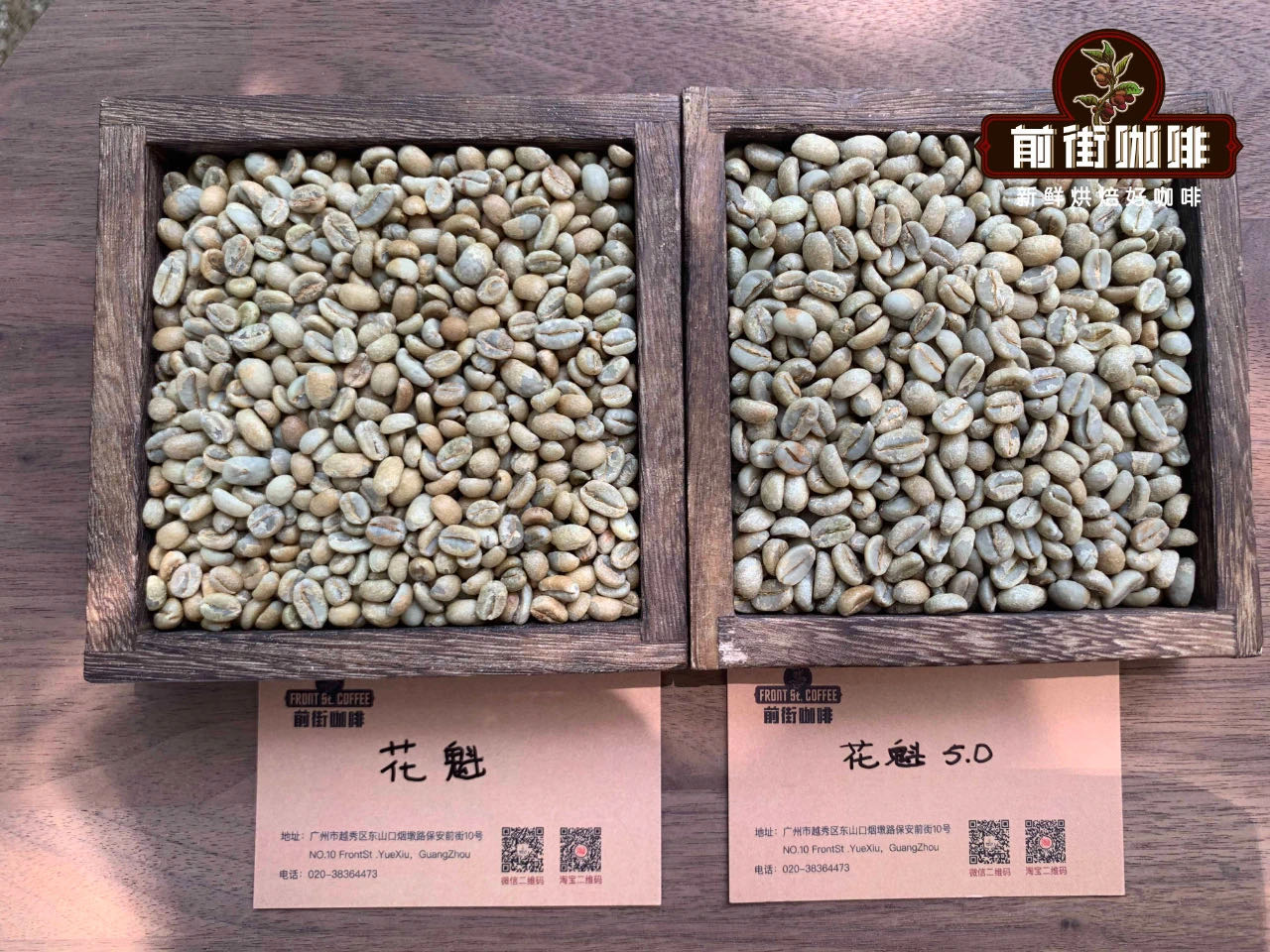
Coffee berries require lower temperatures for fermentation and dehydration. After reaching the 18th day of solarization, the moisture content of coffee beans will drop to about 13%, and then stop the solarization treatment, put it into sacks and put it into storage. On this basis, continue to carry out about 50 days of raw beans and beans and further dehydration. When the moisture content of green coffee beans reaches about 11%, it is transported to the treatment plant for subsequent treatment such as shelling. Therefore, the choice of treatment method is very important to the formation of coffee flavor.
I don't know if you have noticed, sometimes the flower coffee on the front street sometimes adds numbers after the flower, such as flower 2.0, flower 3.0, flower 3.1, flower 4.0 and flower 5.0. You may not understand why there are so many versions of flower, because only the Buku Abel processing plant in Guji region is the real flower, and the coffee beans of other processing plants are called by the flower version.
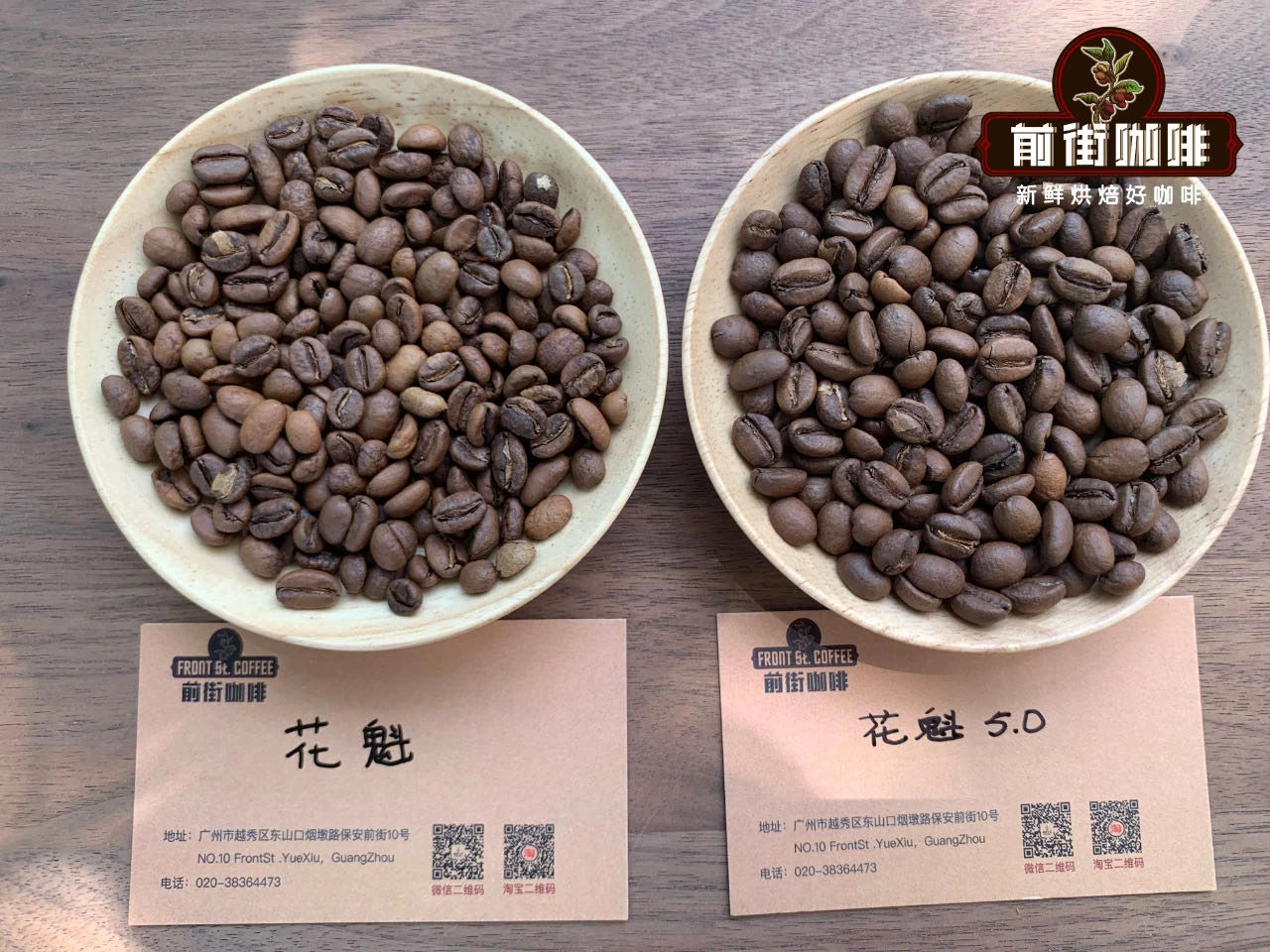
DW, which produces coffee beans, has established five independent specialty coffee drying stations in Hambera, Gugi: Buku Abel, Tirtiro Goye, Seke Bokosa, Haro Soresa and Buku Saysay.
Since 2017, the coffee beans have been heavily launched, and each year since then, they have been named after the flower X.0 in chronological order. For example, the 2018 coffee bean is called "Huakui 2.0." Until this year, the 2021 flower coffee beans were called "flower 5.0," and the 2022 new season flower will be named "flower 6.0," due to the shipping tension caused by the epidemic, originally scheduled to arrive in Hong Kong in April finally delayed to June.
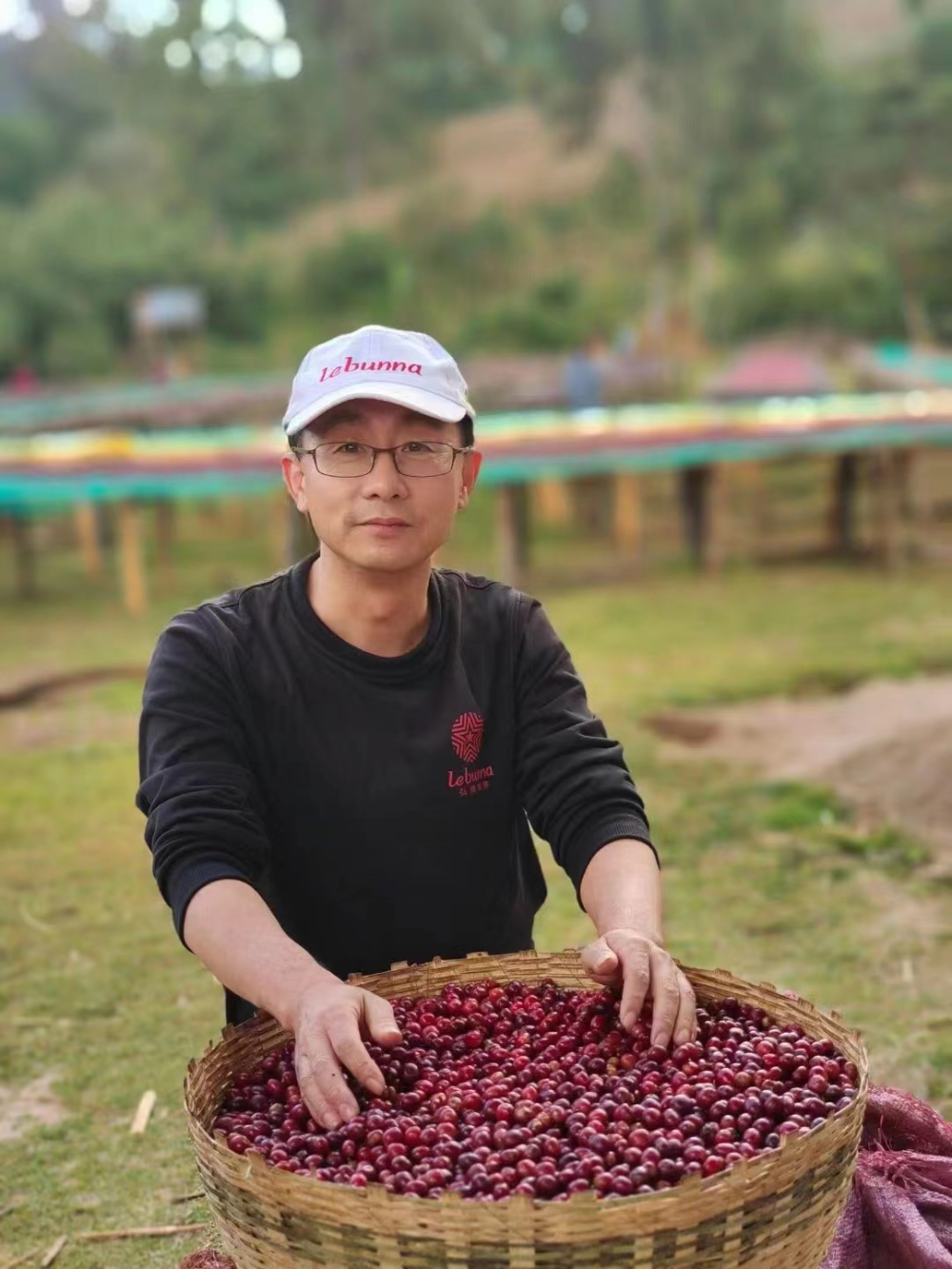
In addition, most of these varieties of coffee are native to Ethiopia, and some friends may not know much about what is native to Ethiopia. Front Street gives you a brief introduction to the following. Because Ethiopia is the hometown of coffee, Ethiopia is regarded as the gene pool of coffee. There will be many varieties of coffee. In addition, the local economic conditions of Ethiopia do not support the textual research of coffee varieties in Ethiopia. On the other hand, in order to protect the information of native coffee species, the Ethiopian government is unwilling to disclose it, so these unknown coffee varieties are called native species of Ethiopia.
However, the front street cup also tested these flowers, found that the flower 3.1 and the original flower flavor is quite different, but closer to the Panama Emerald Manor rose summer flavor. The flavor of Huakui 4.0 is very close to the original flavor of Huakui, but Qianjie still feels that the aftertaste and mellow degree are not as good as the original Huakui through cup test. Huakui 5.0 coffee is more inclined to the flavor of coffee beans in Guji region, active berry acid tone, long flower fragrance and obvious fruit juice feeling.
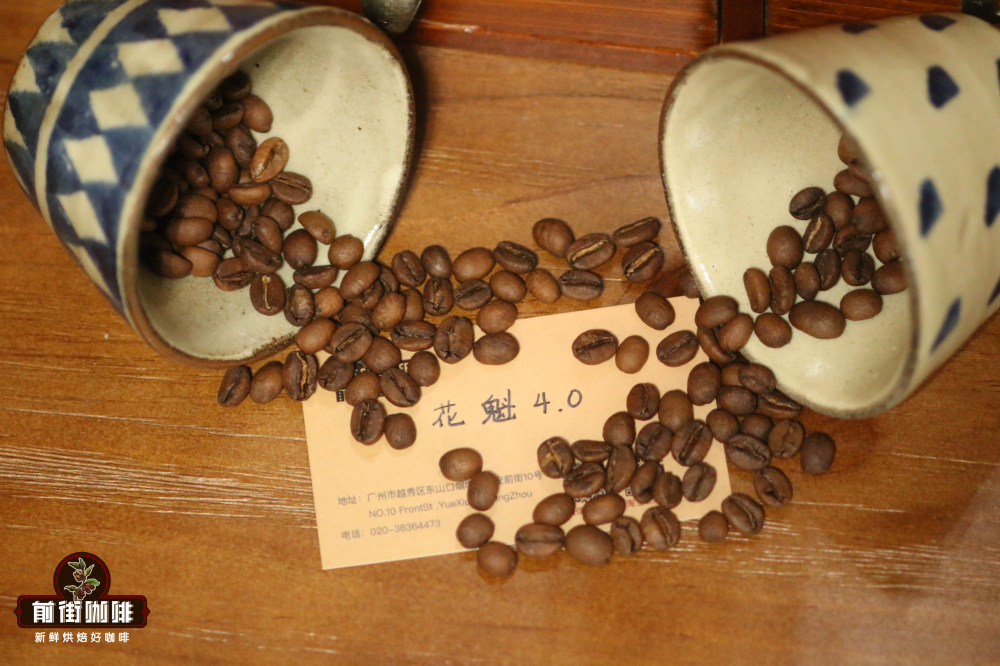
The flavor of coffee varies from year to year, mainly because coffee is actually an agricultural product, and it is impossible to grow the same flavor coffee every year, because agricultural products are very susceptible to uncertain factors such as climate and rainfall. So it's normal for coffee beans to taste different every year.
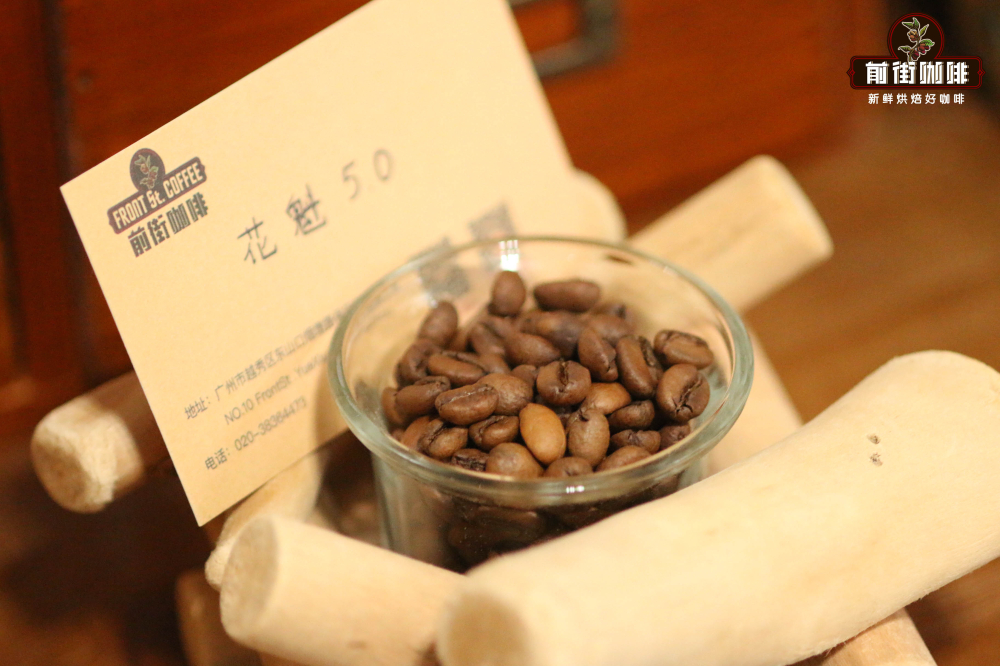
Just as, when the current street received Hongshun's new season flower Kui 6.0 coffee beans, it was found that the coffee beans had many flat beans, shell beans, cracked beans, and the beans were not full. Front Street roasters remove 20-30% of the defective beans from the raw beans before roasting. After roasting, you can still pick out a lot of unconventional coffee beans among the ripe beans. The following is a random selection of 15g coffee beans after screening irregular coffee beans. There are many more than in previous years.
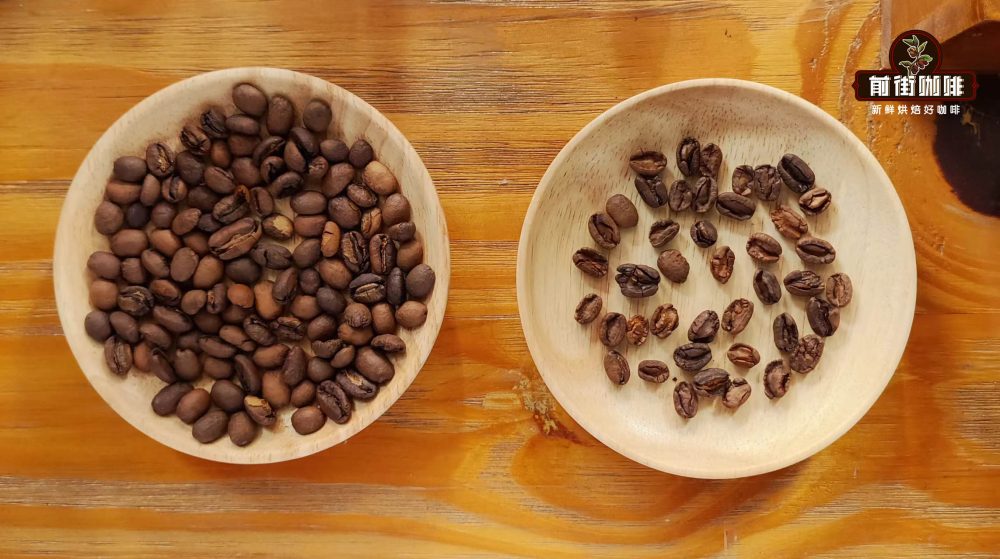
Through cup test, this flower Kui 6.0 flavor is berry, honey, passion fruit, sweet feeling outstanding.
However, because the defect rate of this batch of flowers is too high, Qianjie then finds another new season processed coffee beans through the Hambera buku processing plant (the processing plant of 2017 flowers). This coffee bean is also produced in the Hambera region, processed by buku processing plant, and the beans are full, and the appearance of the coffee beans in previous years is very similar.
Front Street cup test on this flower coffee bean, flavor is orange blossom, citrus, honey, grapefruit, juice feeling is very strong.
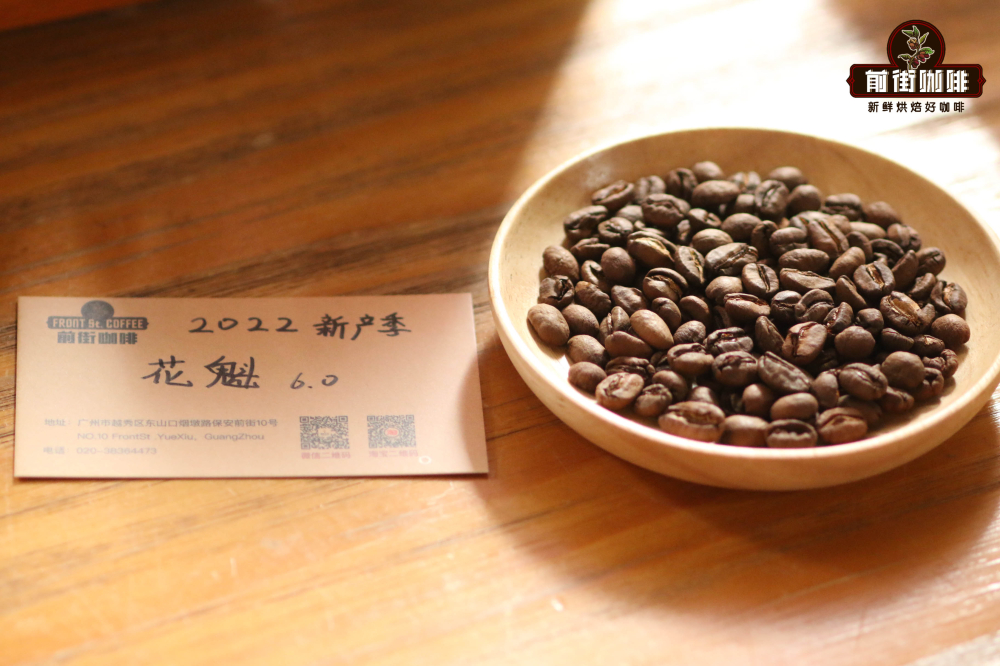
Front Street Brewing Advice
Brewing instrument: HARIO V60 Powder amount: 15g powder
Powder water ratio: 1:15
Water temperature: 90℃
Grindability: medium and fine grinding (80% pass rate of No.20 sieve in Chinese standard)
Front Street recommends brewing with freshly roasted coffee beans to maximize the rich flavor of coffee. Front Street Coffee ships coffee beans that are roasted within 5 days, because Front Street knows that the freshness of coffee beans has a great impact on flavor. Front Street Roasters 'motto is "Fresh Roast Good Coffee", so that every customer who orders coffee receives the freshest coffee. Coffee has a growing period of 4-7 days, so when the customer gets it, the flavor is at its best.
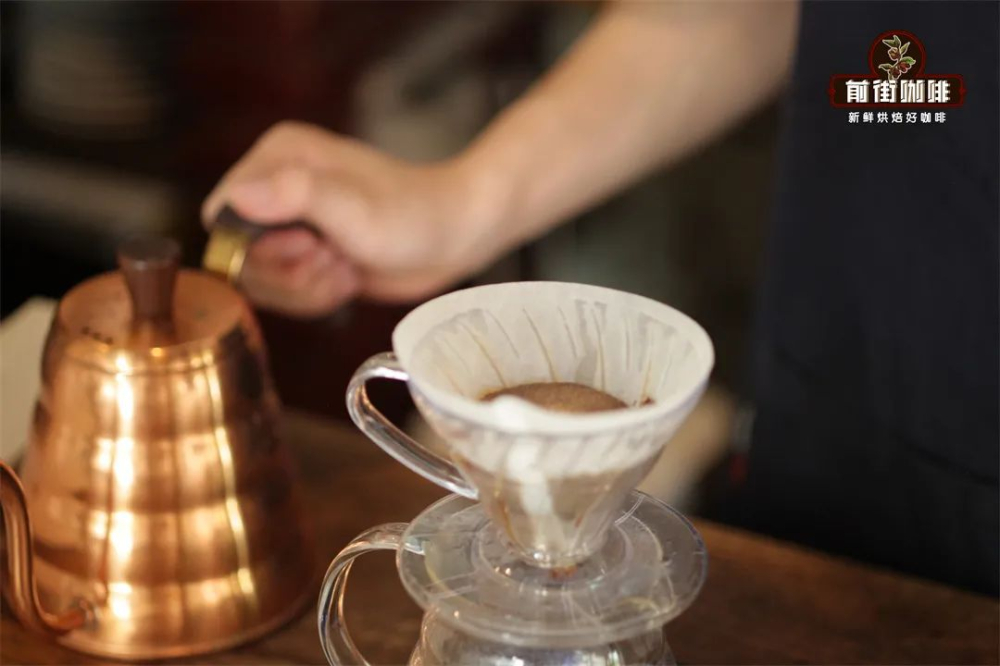
The amount of brewing powder is 15g, and the ratio of powder to water is 1:15, that is, we need 15g coffee powder to inject 225g hot water for extraction. First use 30g for stewing for 30 seconds, with the flow rate of 4 g per second and a circle of 4 seconds from the middle to the outside and then return to the center of the way water injection to 125g water cut off, until the powder layer dropped to half of the powder layer began to inject water in the same way to 225g water cut off, until all the coffee in the filter cup flows into the next pot, remove the filter cup, and end the extraction. The brewing time is 2 minutes and 10 seconds.
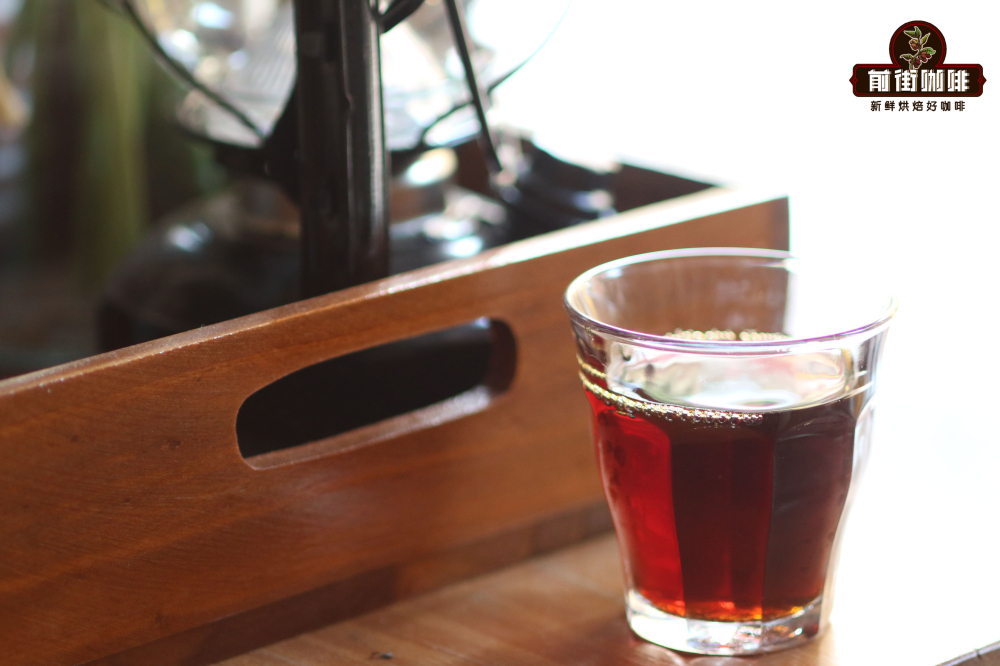
Professional coffee knowledge exchange More coffee bean information Please pay attention to coffee workshop (Weixin Official Accounts cafe_style)
More fine coffee beans, please add private WeChat Qianjie Coffee, WeChat: kaixinguoguo0925
Important Notice :
前街咖啡 FrontStreet Coffee has moved to new addredd:
FrontStreet Coffee Address: 315,Donghua East Road,GuangZhou
Tel:020 38364473
- Prev
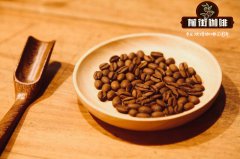
The flavor of Guatemalan coffee beans? How not to rush out the bitter taste
Professional coffee knowledge exchange more coffee bean information please pay attention to the coffee workshop (Wechat official account cafe_style) Guatemalan coffee, produced in Guatemala, this bean belongs to the bourbon species of coffee beans, is one of the more sour varieties, mellow taste and slightly wild, the most suitable for mixing coffee. Another knot in the land of wisdom that gave birth to the Mayan civilization
- Next
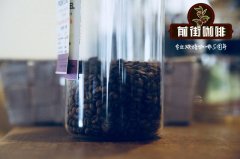
Peru's organic coffee industry and to which countries Peruvian coffee beans are mainly exported.
Professional coffee knowledge exchange more coffee bean information please follow the coffee workshop (Wechat official account cafe_style) Peru's organic coffee industry, coffee beans are mainly exported to which countries Peru is located in western South America, bordering the South Pacific, between Chile and Ecuador. Peru has a very diverse climate, from the tropics in the east to the dry deserts in the west, from the temperate zone
Related
- Detailed explanation of Jadeite planting Land in Panamanian Jadeite Manor introduction to the grading system of Jadeite competitive bidding, Red bid, Green bid and Rose Summer
- Story of Coffee planting in Brenka region of Costa Rica Stonehenge Manor anaerobic heavy honey treatment of flavor mouth
- What's on the barrel of Blue Mountain Coffee beans?
- Can American coffee also pull flowers? How to use hot American style to pull out a good-looking pattern?
- Can you make a cold extract with coffee beans? What is the right proportion for cold-extracted coffee formula?
- Indonesian PWN Gold Mandrine Coffee Origin Features Flavor How to Chong? Mandolin coffee is American.
- A brief introduction to the flavor characteristics of Brazilian yellow bourbon coffee beans
- What is the effect of different water quality on the flavor of cold-extracted coffee? What kind of water is best for brewing coffee?
- Why do you think of Rose Summer whenever you mention Panamanian coffee?
- Introduction to the characteristics of authentic blue mountain coffee bean producing areas? What is the CIB Coffee Authority in Jamaica?

